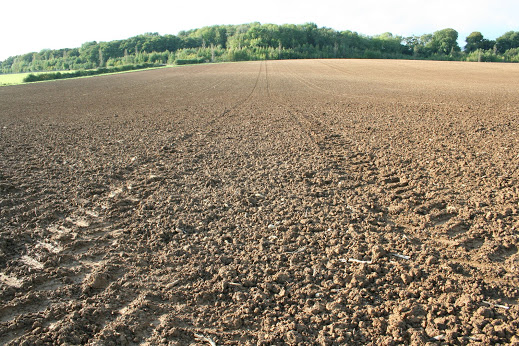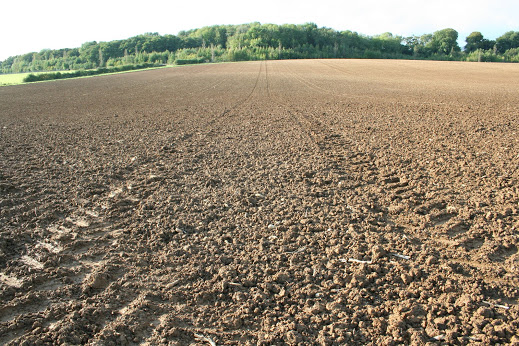
CPM finds out why applying pre-emergence herbicides within 48 hours of drilling will help maximise efficacy against blackgrass.
“Achieving good blackgrass control is challenging for most growers, so optimising the performance of every step in the control programme is important for reaching success levels that will mean the seed-bank is diminishing rather increasing,” says Ben Coombs, Bayer’s campaign manager for cereal herbicides.
“Over many years, we have seen that residual herbicides, such as Liberator (flufenacet + diflufenican), work more reliably when applied at the true pre-emergence timing.
“That means it’s better to drill then spray within 48 hours rather than trying to get everywhere drilled first because a change in the weather can mean pre-em applications are delayed or missed altogether.”
Application within 48 hours usually guarantees the best possible result from pre-emergence herbicides. Later applications are less consistent according to trials work from Bayer. At times they will match a true pre-em but other times there is a small but valuable drop in performance that can make the difference when controlling blackgrass.
“No matter how little disturbance is created at drilling – there will still be a flush of blackgrass. The longer you leave it to spray, the more time blackgrass has to get established. Soil acting compounds like flufenacet in Liberator work by reaching the rooting zone – if roots have penetrated further into the soil then it may not be as effective.”
Pre-emergence herbicides work best when there is soil moisture, so the active substances become mobile and reach the target zone. Although the weather has become wetter recently, after the long dry summer it is doubly important to check soil is sufficiently moistened for the herbicides to work.
It may be tempting to drill and then wait for rain to wet the soil ahead of the pre-emergence herbicide but this is a risk, cautions Ben. “It is better to wait for sufficient moisture before drilling the crop otherwise there might be too great a delay for the pre-em applications.”
If dry conditions persist there is tough decision to be made about whether to drill or keep waiting for moisture. Every farm will be different, and a lot depends on whether there are good spring crop options.
Even if soils are a little dry, getting back within 48 hours remains the priority. “Using Liberator on dry soils is likely to see reduced efficacy; however, delayed application will also affect performance. The advice remains to drill your cereal crop and seal it with a dose of Liberator as close to drilling as possible.”




